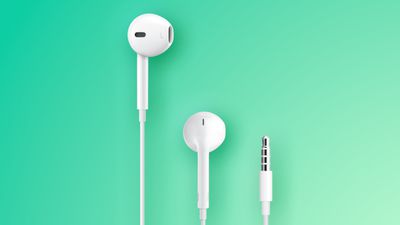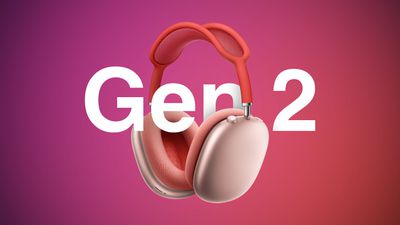Apple today announced the 6.1-inch iPhone 16 and 6.7-inch iPhone 16 Plus, with a key new feature being the Camera Control on the side of the devices.

As rumored, the Camera Control is positioned below the power button, and you can control various features in the Camera app by pressing or swiping on it. The control sits flush on the iPhone's frame and delivers haptic feedback. Clicking the Camera Control launches the Camera app, and holding it starts a video recording. You can also use the Camera Control to quickly access zoom and other capabilities through a new on-screen overlay.
Other features include the Action button introduced on the iPhone 15 Pro models last year, a "big boost" in battery life, brighter and more durable screens, Wi-Fi 7 support, and an A18 chip with up to a twice as fast 16-core Neural Engine for Apple Intelligence. The devices have color-infused back glass, with vibrant Ultramarine, Teal, Pink, White, and Black finishes available.
Apple says the A18 chip offers up to 30% faster CPU performance compared to the A16 Bionic chip in the previous-generation iPhone 15 and iPhone 15 Plus. The chip supports hardware-accelerated ray tracing for improved graphics rendering in games.
Apple Intelligence is available on the iPhone 16 and iPhone 16 Plus, meaning that the generative AI features will be supported across the entire iPhone 16 lineup, after previously being limited to the iPhone 15 Pro and iPhone 15 Pro Max. The new Camera Control on the devices will work with a new Visual Intelligence feature that lets you get details about things in your camera's viewfinder, be it a restaurant, a bicycle, a document, or a pet.
iPhone 16 and iPhone 16 Plus have vertically-aligned rear cameras, including a 48-megapixel Main camera that doubles as a 12-megapixel Telephoto camera, and a 12-megapixel Ultra Wide camera. The vertically-aligned cameras can combine to capture spatial photos and videos for playback on the Apple Vision Pro headset.
iPhone 16 and iPhone 16 Plus start at $799 and $899 in the U.S., respectively, with 128GB of base storage. The devices are available to pre-order this Friday, September 13 and launch on Friday, September 20.























 Note: MacRumors is an affiliate partner with Best Buy and Amazon. When you click a link and make a purchase, we may receive a small payment, which helps us keep the site running.
Note: MacRumors is an affiliate partner with Best Buy and Amazon. When you click a link and make a purchase, we may receive a small payment, which helps us keep the site running.













